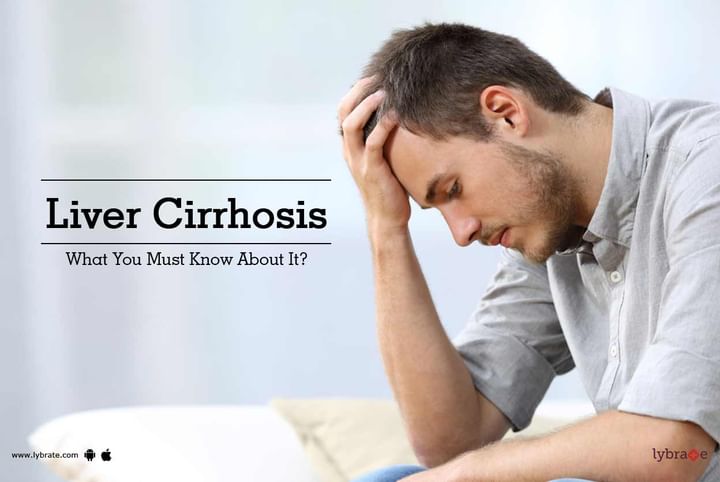Liver Cirrhosis - What You Must Know About It?
The term cirrhosis refers to liver scarring due to various diseases and conditions such as chronic alcoholism and hepatitis. Each time the liver gets injured, it tries to repair itself, resulting in the formation of the scar tissue. With the progression of cirrhosis, a number of tissues generate making the task of liver difficult. Since the liver is an important organ of the body due to its functionalities such as detoxification and nutrient generation, reduced function of liver poses a serious threat to the body.
Symptoms of liver cirrhosis:
Unfortunately, cirrhosis doesn’t portray any conspicuous symptoms that can be easily identified until the scarring has reached a level of threat. Some of the common signs and symptoms of this disease include fatigue, nausea, itchy skin, drowsiness, enlarged breasts, testicular atrophy, fluid in the abdomen, bleeding from the mouth, leg swelling, redness in palms etc.
Causes of liver cirrhosis:
There could be an array of reasons for the occurrence of liver cirrhosis. The major causes include an accumulation of fat in the liver, chronic alcoholism and chronic hepatitis. Some of the other reasons include cystic fibrosis, bile duct deformation, Wilson’s disease, hemochromatosis, schistosomiasis, continuous consumption of medicines such as methotrexate, a disease involving glycogen storage and Aalagille syndrome.
Complications involved in liver Cirrhosis:
- High blood pressure: Cirrhosis results in slow blood movement through the passage of the liver resulting in an increased pressure on the vein that is responsible for carrying blood from the intestine to the liver. This increases the blood pressure in the body.
- Swelling of abdomen and legs: Portal hypertension can result in accumulation of fluid in the leg and the abdomen due to the liver’s inability to producing an important protein known as the albumin.
- Spleen enlargement: Portal hypertension is responsible for changing the shape of the spleen. Decreased count of WBC and the platelets indicate towards portal hypertension and cirrhosis.
- Bleeding: Portal hypertension doesn’t let the blood flow in its normal path. It directs the blood to flow through smaller veins. The veins, in turn, swell and burst to cause a massive amount of bleeding.
Apart from these some of the other complications involve jaundice, liver cancer, infections, bone diseases and liver failure.
Diagnosis:
Liver cirrhosis doesn’t get detected easily. It is often diagnosed with a routine blood test. Some of the lab tests that can help to identify cirrhosis include blood work to check organ function of liver and kidney. Your doctor might suggest other tests such as MRI scan, CT scan or liver biopsy.
Treatment:
Treatment for the underlying cause of liver cirrhosis is done to keep the disease under control. A doctor might treat you for weight loss, alcohol dependency, complications related to hepatitis, portal hypertension and hepatic encephalopathy. For advanced cases where the liver stops functioning, a doctor might suggest a patient go for a liver transplant. If you wish to discuss about any specific problem, you can consult a gastroenterologist.



+1.svg)
